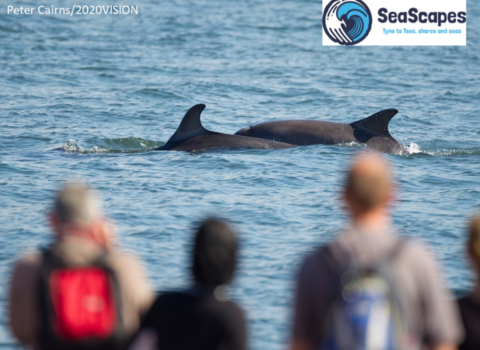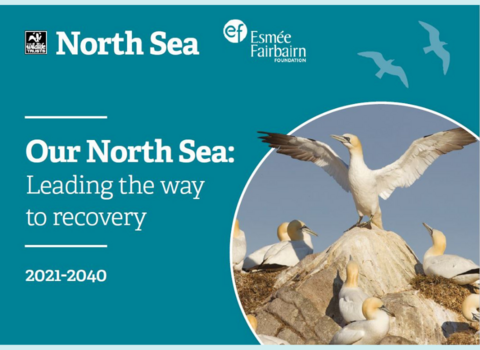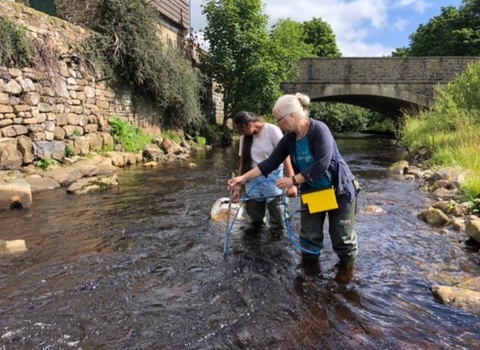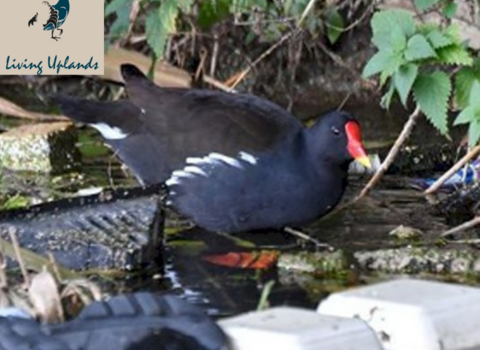Credit: Mandy Bell
Living Seas
Around half the UK’s wildlife live in the sea. From the Tyne to the Tees there is over 20 miles of coastline, not including the tidal banks of the Tyne along Gateshead and South Shields and that of the Wear through Sunderland.
Our waters play host to a vast array of wildlife. Unique in the UK, this is the only place where rare Permian Magnesian Limestone is submarine which today is a nursery ground for juvenile cod and supporting sponges, soft corals, hydroids, bryozoans and dahlia anemones.
Our seas have long been a source for employment and enjoyment for the people of our region.
The Wildlife Trust’s national strategy for Living Seas seeks to return our marine environment back to the natural wonder they once were.
To find out how we are working with our partners around the Coast of South Tyneside, Sunderland and Durham please visit www.exploreseascapes.co.uk/

Explore SeaScapes
The heritage of the Tyne to Tees seascape is locally and nationally significant, and deserves to be better explored and celebrated. SeaScapes will do just that.

Our vision for the North Sea
We want a thriving, productive, wildlife rich North Sea.

Source to Sea
In collaboration with Teesside University environmental scientists, and with support from Living Uplands, Durham Wildlife Trust aims to assess the source and abundance of plastics in and adjacent to the River Wear.

Photo: Moorhen - Phil Harris
Discover
This SOURCE TO SEA free educational resource provides a topic plan and learning materials in three modules, starting with Our Amazing Oceans along with The River Wear, and Plastics in the Environment. The materials are designed to be suitable for Key Stage 1 and 2 learners. There are fact sheets and examples included, where required, and lots of fun activities for school or home learning.
